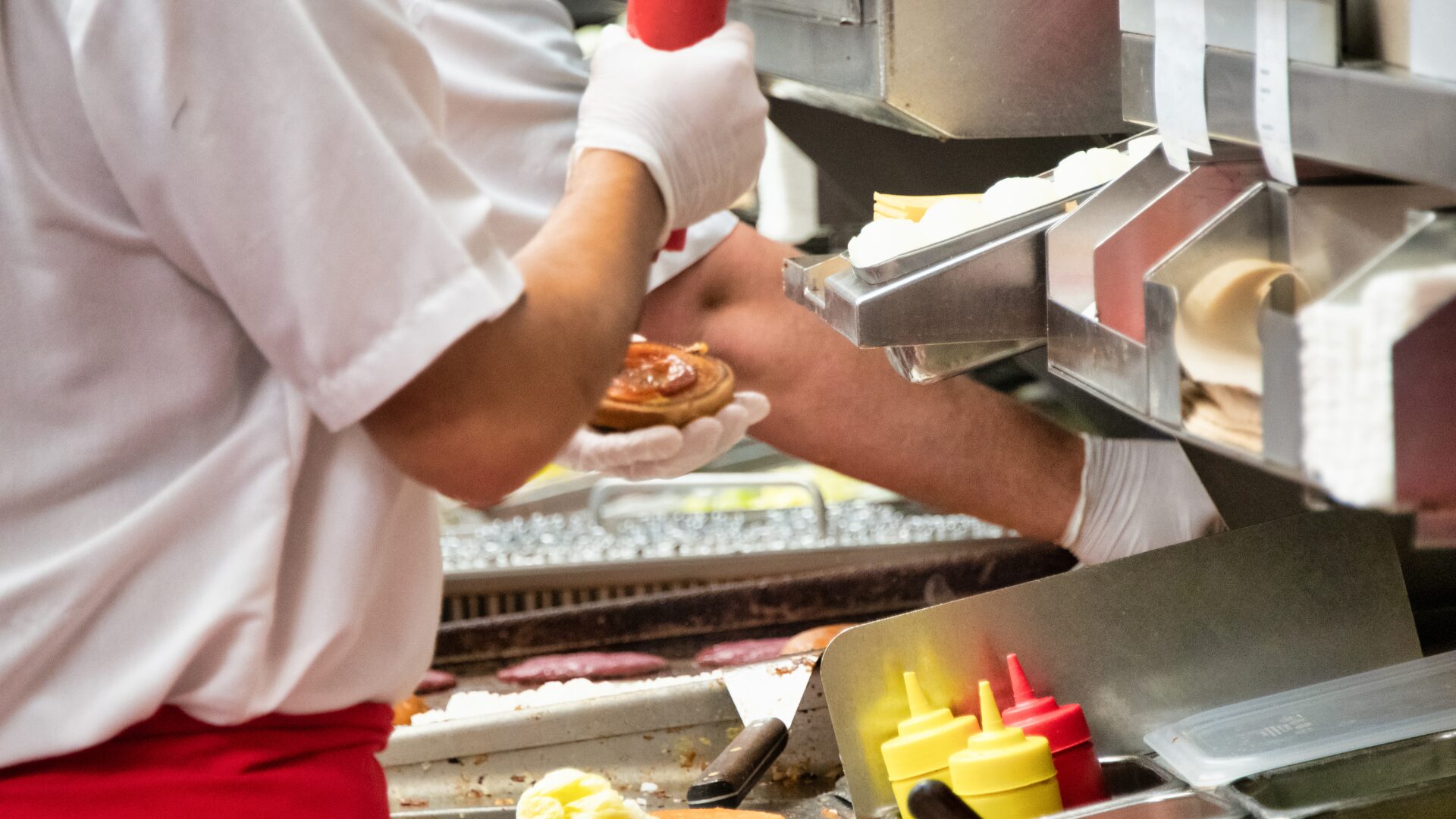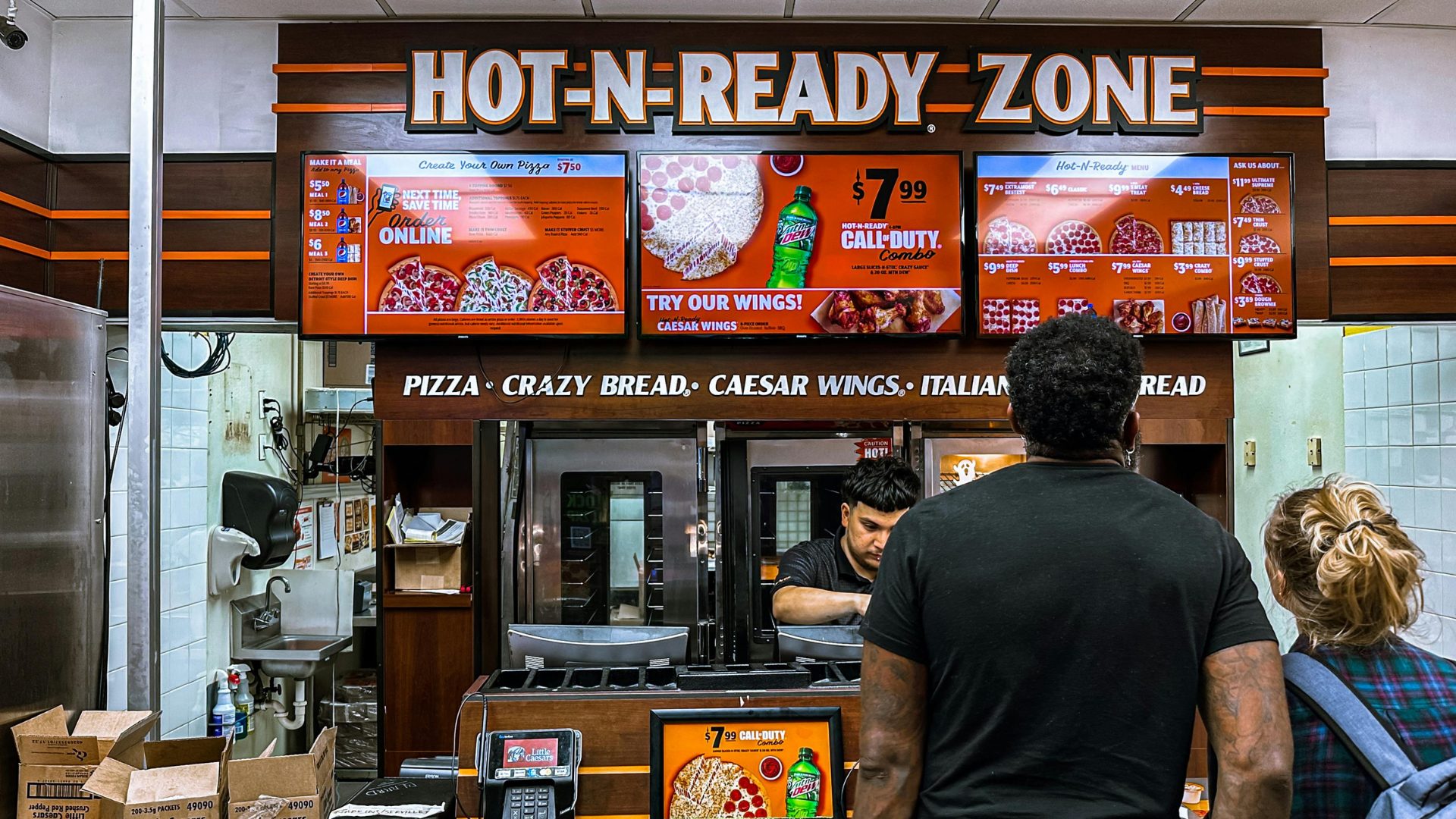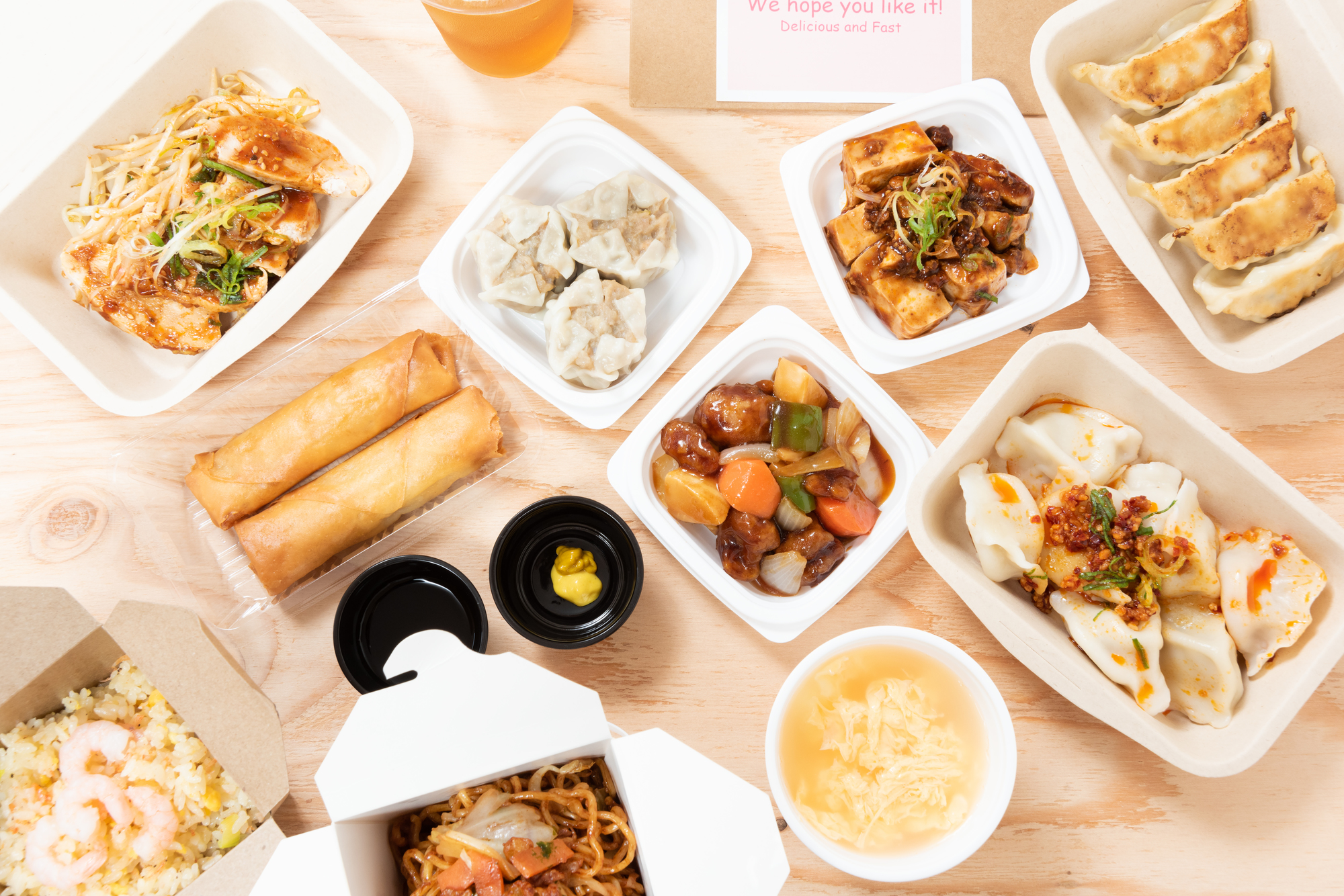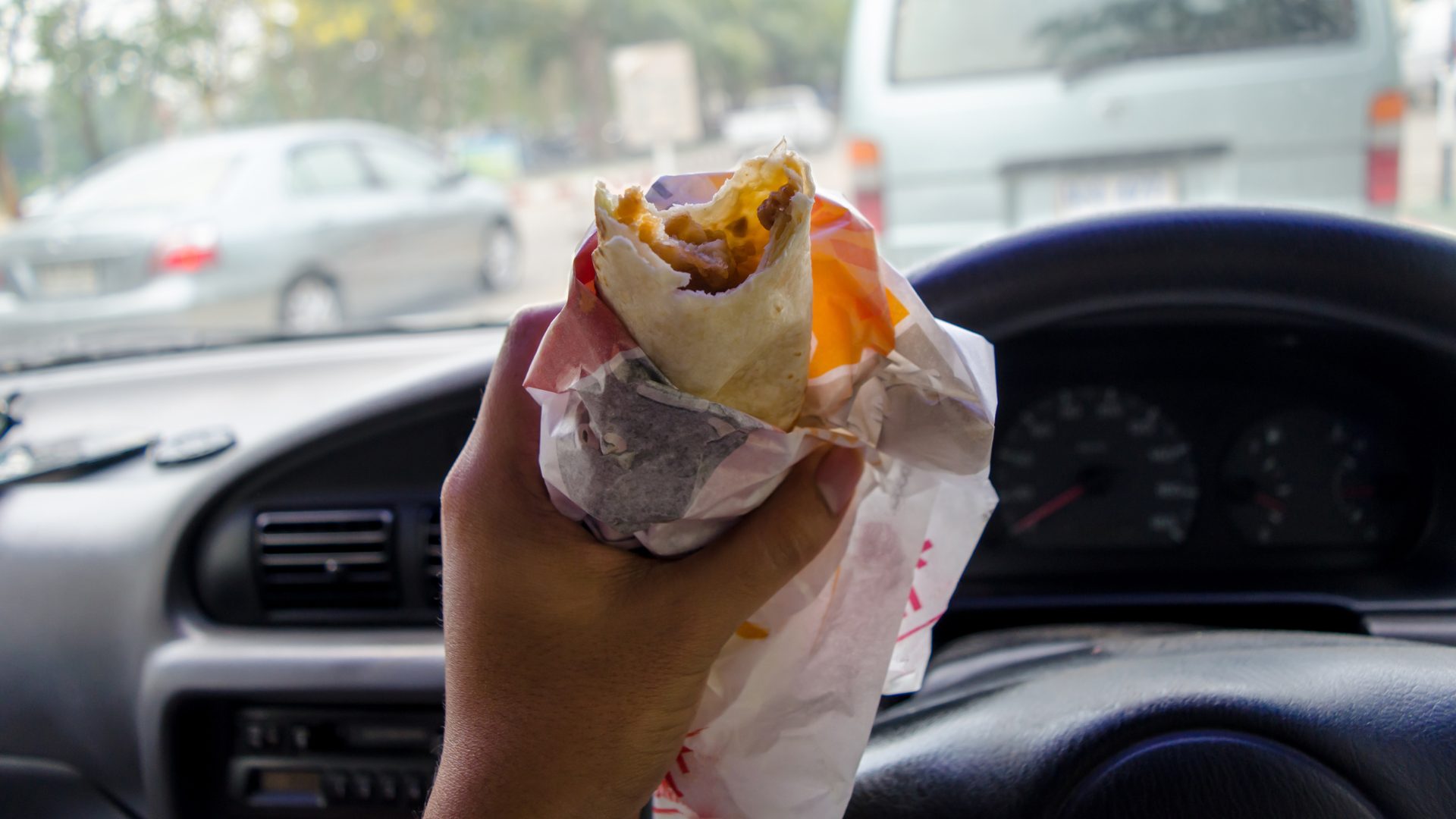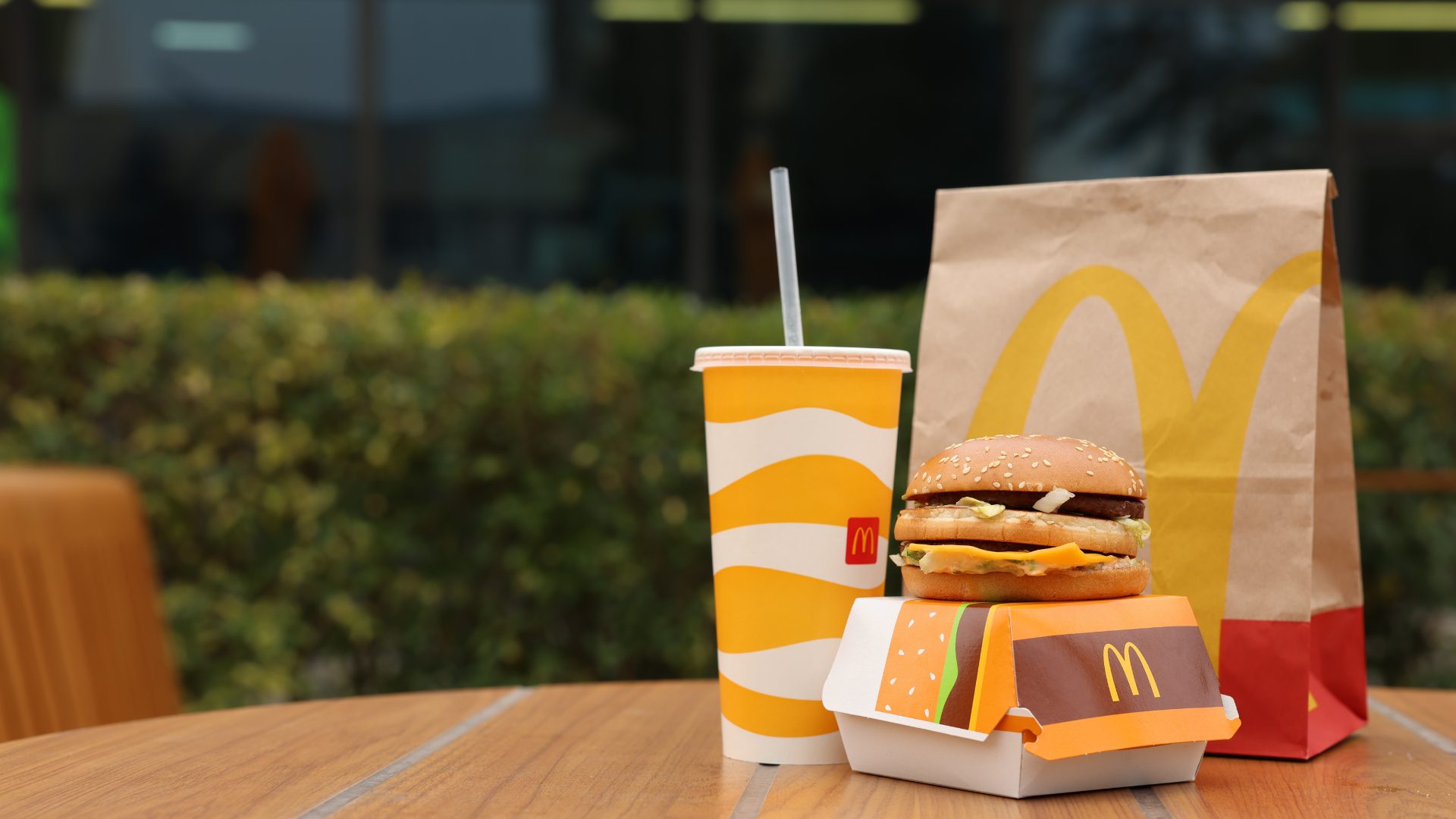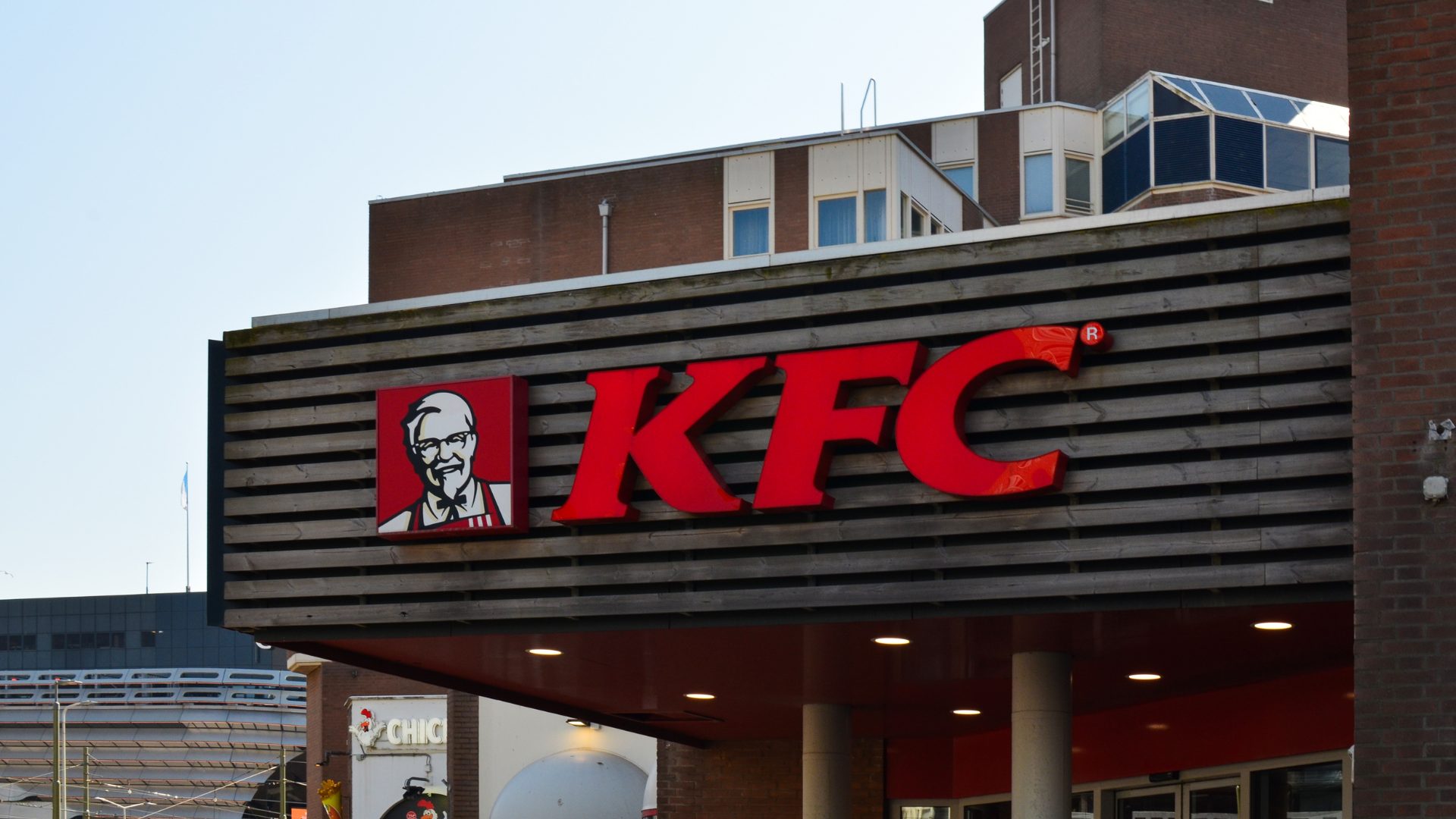Data from the Toast digital restaurant platform show eating out at quick-service restaurants (QSRs) for lunch in the second quarter got more expensive, with prices up more than 4% from last year. And though hourly rates were up for employees, tips were down.
Toast examined same-store sales of 13 food types from QSRs aligned with its platform in 20 cities.
Sandwiches and wraps proved the most popular choice for lunchtime patrons, despite their $11.26 average price, up 4.6% from last year. The only states where they were bested were California, Nevada, Oregon and Texas, where tacos had a leg up.
The price of bowls, burgers and soft drinks rose by the same percentage to $12.98, $11.45 and $3, respectively. The increase for burritos (4.3%) brought their price to $10.74, and the price for an order of fries was up 4.4% to $6.04. Good news for the diet-conscious: Salad prices increased just 2.7% to $11.42.
The news was even worse for people living and working in Hawaii, Colorado, California, Nevada and Arizona where prices were even higher. Sandwiches and wraps in those states averaged from $12.20 in Arizona to $13.37 in Hawaii.
The increase in soda prices apparently convinced lunch customers to go without. The most expensive drinks were found in Maryland, where soft drinks averaged $4.05. Sales were off 4.9% in the quarter, nationally.
An interesting finding was that sales activity at QSRs in the early hours – 4 a.m. to 11 a.m. – grew while dinner and late night – 4 p.m. to 9 p.m. and 9 p.m. to 12 a.m. – fell.
Richmond, Virginia, saw the biggest increase in breakfast activity (15%), with transactions at dinner time falling the most in Columbus, Ohio (9%), and late-night munchies dropping the most in Oklahoma City (15%).
Not all cities followed the trends. Breakfast transactions fell in Atlanta (7%), Denver (5%) and New Orleans (2%) while the cities that saw the biggest increases in dinner activity were Philadelphia (5%) and San Francisco (5%).
At lunch, Philadelphia saw a 7% increase while Atlanta saw a 7% decrease.
California’s decision to boost the minimum wage to $20 rippled across the nation, as average wages increased to $16.98. (The federal minimum wage is still at $7.25 an hour, though most states have set a higher floor.)
But, as wages increased, tips added to credit card transactions decreased to an average 18.8%, dipping to 19.3% at full-service restaurants and 15.9% at QSRs. Tips were the highest in Delaware (21.5%) and lowest in California (17.3%).
The Food Institute Podcast
Restaurant results for the second quarter weren’t stellar, but people still need to eat. Are they turning to their refrigerators, or are restaurants still on the menu for consumers? Circana Senior Vice President David Portalatin joined The Food Institute Podcast to discuss the makeup of the current restaurant customer amid a rising trend of home-centricity.


